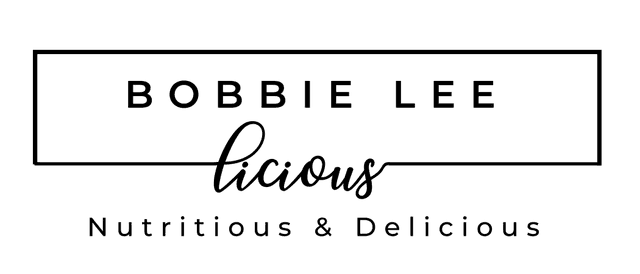The Hidden Ingredients of Store-Bought Salad Dressings and Why You Should Make Y...

The Hidden Ingredients of Store-Bought Salad Dressings and Why You Should Make Your Own
Salad is a quintessential health food, packed with vitamins and nutrients that support a healthier lifestyle. However, it's important to be mindful of the dressings you use, as many contain chemicals that could negate the benefits of your greens.
Whether your salad is the main course or a side dish, ensuring it remains a healthy choice is crucial.
The dressing is a key component of any salad, enhancing flavor and adding necessary moisture to the veggies. For many, a salad without dressing is unthinkable, and with hundreds of brands available, choosing the right one is essential, or better yet, make it yourself!
The Problem with Store-Bought Dressings Many store-bought salad dressings contain unwanted and potentially harmful chemicals. Common additives like titanium dioxide, which has been linked to DNA damage and deemed unsafe by the European Food Safety Authority, are often found in these products.
Synthetic dyes such as Red 40 and Yellow 5 are also prevalent in many dressings. These dyes have been shown to increase the risk of hyperactivity and other behavioral issues in children.
Additionally, packaged dressings are frequently loaded with preservatives, sodium, high fructose corn syrup and other hidden sugars, and rancid poor quality oils. Using more than the recommended serving size, which many people unknowingly do, can exacerbate the health risks associated with these ingredients, making your healthy meal into an unhealthy bowl of chemical soup.
Healthier Alternatives When purchasing salad dressings, opt for organic choices. Organic products must adhere to strict standards that protect consumers from harmful additives like titanium dioxide, Red 40, and Yellow 5. Organic dressings also tend to have fewer processed ingredients and lower levels of saturated fat, added sugar, and sodium. Some still contain them though so be sure to read the ingredient list!
For the healthiest option, consider making your own salad dressing at home. Homemade dressings can be simple, healthy, and cost-effective. Most recipes start with just two ingredients: an oil (like olive oil) and an acid (such as vinegar or lemon juice), then a few additional healthy ingredients to add some flavorx!
If you are really in a pinch for time, I would consider the Primal brand dressing that can often be found at your local grocer.
For the healthiest alternatives, check out our recipes to create fresh and delicious dressings without unwanted chemicals or corn syrup.
Here are a some healthy and delicious recipes to try:
XO,
Bobbielee
#saladdressing
#homemade salad dressing
#Avoiding chemicals in salad dressings
#DIY salad dressing recipes
#Fresh and healthy dressings
#Making salad dressing at home
More From Bobbieleelicious
What your leggings aren’t telling you and what to wear instead We all love a good pair of leggings. They’re stretchy, flattering, and make us feel like w...
As a Lifestyle Medicine nurse, I’m here to remind you that every time you fill your grocery cart, you’re not just buying food, you’re investing in your fu...
Hey there, lovely friends! When you hear “Mediterranean diet,” you probably picture sunlit tables in Greece, olive trees swaying in the breeze, a little ...



